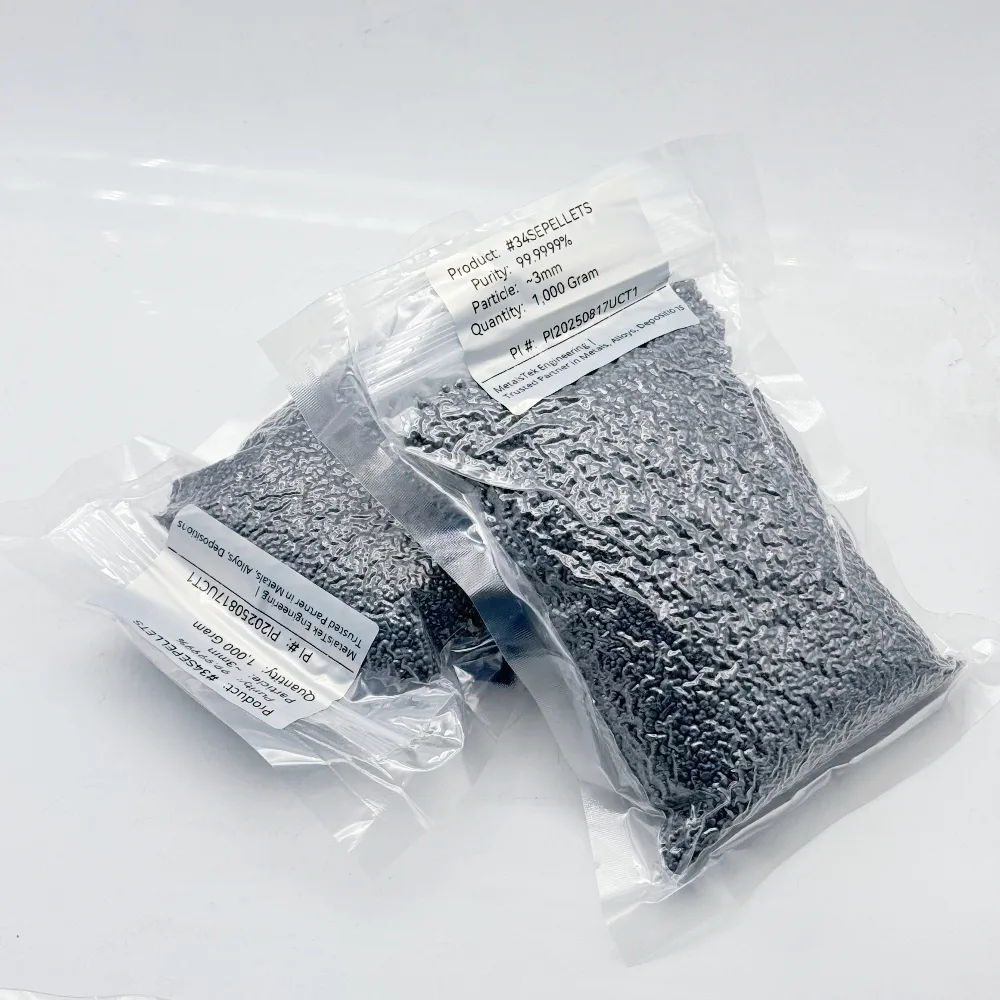When your thin‑film or compound growth process demands ultra-clean selenium vapor, you need material that won’t introduce contaminants. Our 6N (99.9999 %) selenium pieces, sized 2–5 mm, are optimized as evaporation feedstock — with consistent piece size, stable vapor behavior, and clean packaging to support high-performance deposition.
Use these selenium pieces in thermal evaporation, e‑beam evaporation, or hybrid systems to deposit selenide, chalcogenide, or selenium‑containing films with confidence in purity and reproducibility.
Why Choose 6N Selenium Pieces as Evaporation Material?
- Six‑nine purity significantly reduces trace metallic and non‑metal impurities that can degrade film performance.
- The 2–5 mm size is ideal for stable evaporation flux, avoiding sudden surges or depletion.
- Clean, high‑density pieces help reduce powder formation and minimize particulate issues in vacuum systems.

Key Features & Technical Specifications
Below is a table of key parameters for 6N selenium pieces (based on publicly known selenium properties). Use your internal test data to fine-tune.
| Parameter | Value / Range | Notes & Relevance |
|---|---|---|
| Purity | 99.9999 % (6N) | Ensures ultra-low impurity content |
| Piece Size | 2 mm – 5 mm | Balanced for stable evaporation flux |
| Density (solid) | ~4.79 g/cm³ | Approximate density of selenium metal |
| Melting Point | ~217 °C | Allows controlled melting before vaporization |
| Boiling / Sublimation Temperature | ~684.9 °C | Vaporizes under high vacuum or heating |
| Thermal Conductivity | ~0.52 W/(m·K) | Low thermal conductivity — affects heat distribution in pieces |
| Packaging | Vacuum-sealed or inert-gas sealed | To avoid contamination or oxidation before use |
| Handling Notes | Sensitive to contamination, avoid dust | Use clean tools and clean environment |
These figures are typical reference values; final values should be confirmed by your analytic QC.
Applications & Use Cases
- Deposition of selenide compounds (e.g. CdSe, ZnSe, CIGS)
- Evaporated selenium layers in optical coatings or infrared filters
- Research in chalcogenide thin films, memory materials, or layered semiconductors
- Calibration materials or reference standards where ultra-purity matters
- Any system requiring a clean selenium vapor source without introducing powder or flakes
Handling & Evaporation Tips
- Always use clean, inert tools (e.g. molybdenum, tungsten, or graphite) to handle selenium pieces.
- Load crucibles gently; don’t fracture the pieces, which can produce fines or dust.
- Preheat slowly to the melting point (~200–220 °C), hold to stabilize, then ramp toward vaporization temperature.
- Maintain good vacuum conditions; residual gases can react with selenium vapor or degrade purity.
- Monitor the evaporation rate and replenish before pieces entirely vanish to avoid plasma or condensation artifacts.
- Store pieces in vacuum or inert atmosphere packaging until use to prevent surface contamination.
Let’s Talk Specs
If you require 6N selenium pieces in custom size ranges (e.g. 1–3 mm, 3–7 mm), or need special packaging, certificates of analysis, or batch testing, just send your requirements. I’ll get back with a tailored technical proposal and quote.
You May Also Want to Know
1. What does “6N” selenium mean?
“6N” denotes 99.9999 % purity. It means that for every million parts, only about one part is impurity.
2. Why use 2–5 mm pieces instead of powder or flakes?
Pieces in that size range give predictable evaporation behavior, reduce risks of dust, and enable stable vapor flux control.
3. Is 6N selenium suitable for thermal evaporation?
Yes. With a melting point of ~217 °C and vaporization behavior under vacuum, it is well-suited for controlled evaporation.
4. How critical is packaging for high‑purity selenium?
Very critical. Exposure to air or moisture before use can lead to surface contamination or oxidation, degrading film purity.
5. What typical impurities are targeted for removal in 6N selenium?
Trace metals (like Fe, Cu, Ni, Pb) and nonmetals (Si, S, Te) are carefully controlled to ppm or sub-ppm levels in 6N products.
6. How do I avoid creating dust or fines during handling?
Use gentle handling, avoid sharp edges or brittle fracture, and prefer cutting or sizing methods that minimize mechanical stress.
7. What is the vaporization behavior of selenium in vacuum?
Selenium undergoes sublimation or vaporization when heated; controlling temperature and vacuum conditions helps maintain stable flux.
8. What applications benefit most from 6N selenium pieces?
Applications in photovoltaics (CIGS), optical coatings, quantum dots, IR sensors, and research-grade chalcogenide films.
9. How long will a loaded selenium source typically last?
It depends on piece size, deposition rate, vacuum quality, and thermal loading. Plan for gradual consumption and replacement.
10. Are there safety or reactivity concerns with selenium vapor?
Selenium vapor can be toxic or reactive in certain conditions. Ensure proper venting, gas handling, and safety protocols in your vacuum system.
11. Can we supply customized piece size or special batch sorting?
Yes. You can request narrow size bins (e.g. 2–3 mm, 3–4 mm) or tighter tolerances as part of the quote.
12. What is the approximate lead time for 6N selenium pieces?
Lead times depend on purity, quantity, and packaging, but often fall in a few to several weeks.
